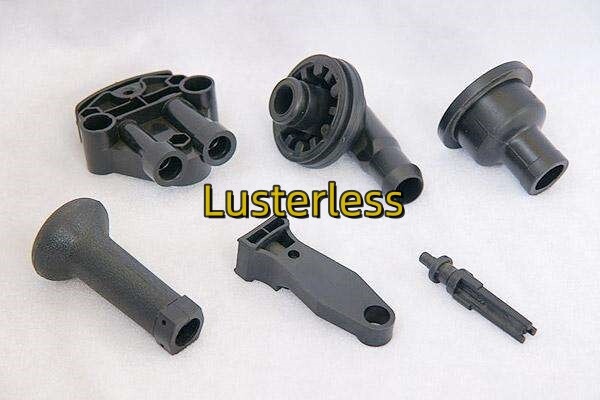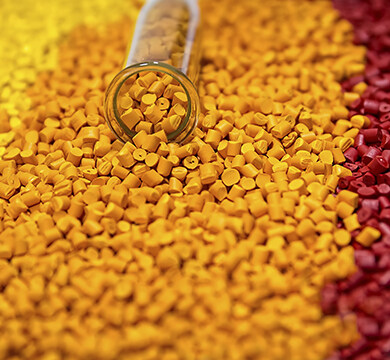Erreur de format d'e-mail
emailCannotEmpty
emailDoesExist
pwdLetterLimtTip
inconsistentPwd
pwdLetterLimtTip
inconsistentPwd

Offer Technical Support and Customized Solutions
The company is committed to creating new and improved plastic materials to meet the evolving demands of the market.

Analysis and Solutions for Lusterless Surface in Injection Molding Process
Introduction:
Lusterless surface refers to a dull and lackluster appearance, with reduced transparency in transparent products. There are various reasons contributing to lusterless surface, including other injection molding defects. In this blog, we will analyze the causes of lusterless surface defects and provide solutions to address them.
If the mold surface has scratches, micro-holes, corrosion, or if there is excessive oil contamination, moisture, or improper use of mold release agents, it can result in poor surface gloss of the molded parts. Therefore, the cavity surface of the mold should have good smoothness, and the mold surface must be kept clean by promptly removing oil and water stains. The selection and appropriate application of mold release agents are also important factors to consider.Mold faults such as insufficient mold draft angles and poor mold venting can affect the surface quality of the molded parts, leading to lusterless surface. Therefore, measures should be taken to increase the mold draft angles appropriately and improve the mold venting.
2.Improper Process Control:
The mold temperature significantly influences the surface quality of the molded parts. Excessively high mold temperatures can darken the surface. Factors such as injection speed being too fast or too slow, low injection pressure, short holding time, poor dispersibility of fillers in fiber-reinforced plastics, exposed fillers, non-directional distribution of foil-like fillers, low barrel temperature, inadequate plasticization, and insufficient material feeding can all contribute to poor surface gloss. Adjustments should be made based on specific circumstances to address these issues.
3.Inadequate Material Suitability:
Excessive moisture or volatile constituents in plastic raw materials, as well as decomposition or discoloration of raw materials or colorants, can result in poor gloss. Poor flow properties of the material can also lead to inadequate surface gloss of the molded parts. Therefore, pre-drying of the raw materials, selection of heat-resistant materials and colorants, substitution with resins with better flow properties, addition of appropriate lubricants, and increasing the mold and melt temperatures can be effective measures to improve gloss.
Conclusion:
To achieve satisfactory surface gloss in injection molding, it is crucial to address mold-related issues, optimize process control parameters, and carefully consider the suitability of raw materials. By implementing appropriate solutions, it is possible to overcome lusterless surface defects and achieve the desired surface quality in molded products.

